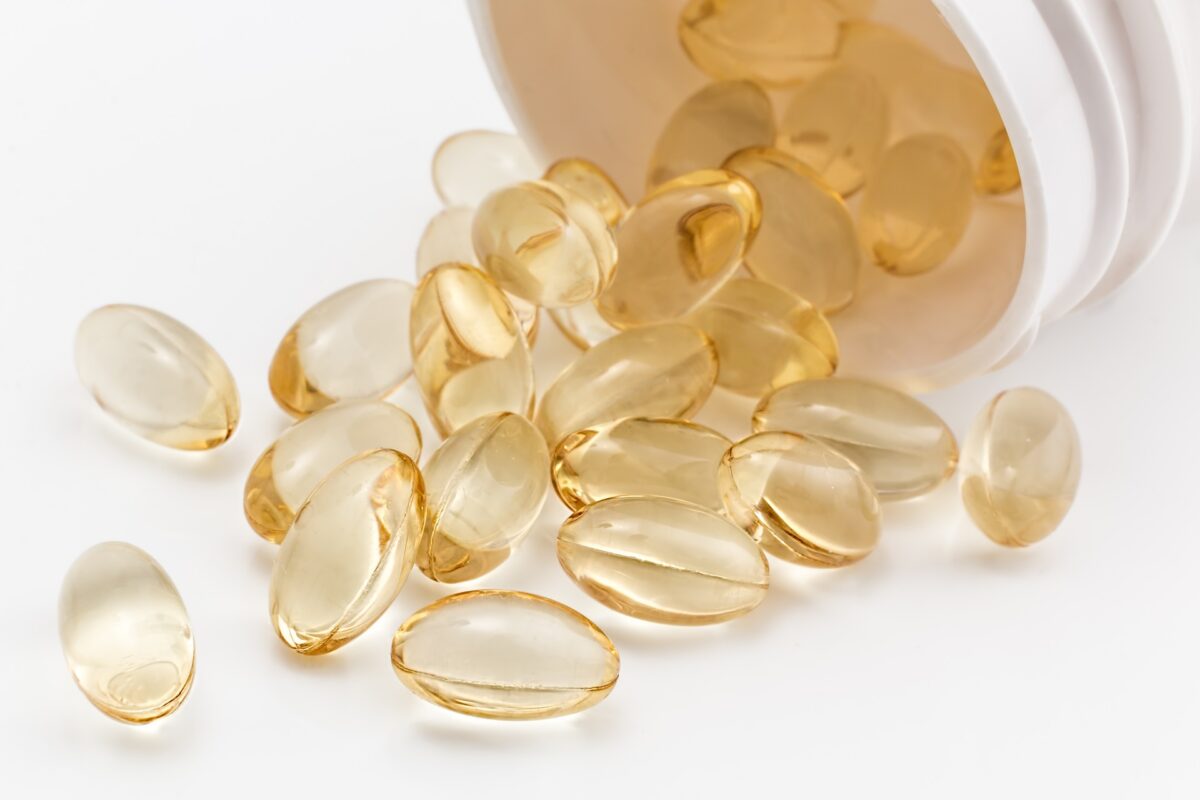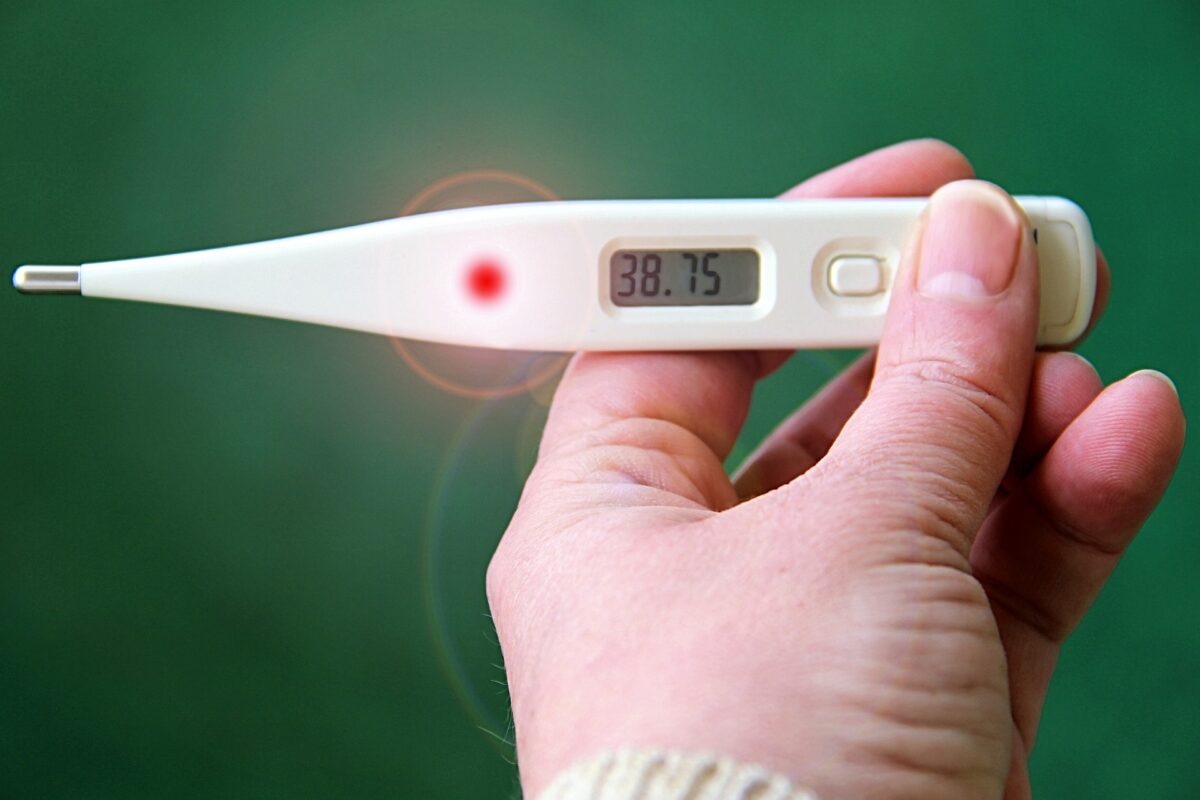Have you ever woken up in the morning feeling groggy and exhausted? That’s because our bodies naturally respond to light. In fact, bright light upon waking is essential for maintaining a healthy sleep cycle—not just for one day, but for days, weeks, and even months. In this blog post, we’ll explore why bright light upon waking is so important and how it can help improve your health and well-being.
What Is a Sleep Cycle?
A sleep cycle is the process by which our bodies move through different stages of wakefulness and sleep throughout the night. It’s made up of two main phases: rapid eye movement (REM) sleep and non-rapid eye movement (NREM) sleep. During NREM sleep, our bodies are getting ready for REM sleep, which is when we dream. Each night, we usually go through 4–5 cycles of REM and NREM sleep that last about 90 minutes each.
The Role of Light in Our Sleep Cycles
Light plays an essential role in regulating our circadian rhythm—our body’s natural internal clock that tells us when to be awake or asleep. When it gets dark outside, a hormone called melatonin is released into our systems to help us fall asleep. When it gets light out again, another hormone called cortisol signals to us that it’s time to wake up and get going. Without adequate exposure to bright light upon waking, our circadian rhythms can become disrupted—which could lead to poor quality of sleep over time as well as other negative health effects such as fatigue, irritability, depression or anxiety.
Benefits of Bright Light Upon Waking
Exposing ourselves to bright light first thing in the morning helps reset our internal clocks so that we can stay awake during the day and fall asleep at night more easily. This means we can get better quality rest overall! Additionally, exposing ourselves to bright light in the morning may also provide cognitive benefits like increased alertness and improved concentration throughout the day.
How much light is optimal?
A recent study published in Sleep Science and Practice found that exposing participants to bright light of at least 2500 lux for 30 minutes after waking triggered the highest cortisol response. This study also revealed that dim lighting of less than 500 lux did not produce a significant change in cortisol levels, meaning that it was not sufficient for resetting the circadian rhythm.
Another study conducted by researchers at the University of Oregon determined that conflicting with the body’s natural expectations can have serious consequences; exposure to bright light of more than 5000 lux after waking up in the morning disrupted cortisol rhythms, leading to an increase in stress hormones and a decrease in alertness and productivity. The optimal level of light exposure after waking appears to be between 2000-3000 lux, as this amount is both beneficial for circadian rhythm health and does not induce a stress response.
An experiment performed at Northwestern University found that exposure to bright light between 2000-2500 lux resulted in greater alertness and improved performance on cognitive tests as compared to regular office lighting levels. Thus, we can conclude that exposing oneself to bright light between 2000-3000 lux within thirty minutes of waking is likely most beneficial for resetting our circadian rhythms, improving alertness and productivity, reducing stress, and promoting overall wellbeing.
What is the best light source?
The optimal light source to be exposed to upon waking is one that mimics natural sunlight. By exposing yourself to a full-spectrum light therapy, ideally within the first hour of waking, your body will be more likely to respond positively. This type of light therapy helps regulate the body’s production of melatonin and cortisol.
The most effective type of full-spectrum light therapy involves artificial lights that mimic natural daylight and provide a bright white light similar in color temperature to the midday sun. For example, LED bulbs that have a high Color Rendering Index (CRI) are ideal for providing a balanced spectrum of light. Additionally, adjustable lamps can provide an even greater degree of control over brightness levels by allowing users to adjust the intensity according to their own preferences.
Conclusion
Bright light upon waking has been shown to improve both physical health (by helping regulate our circadian rhythm) as well as mental health (by boosting alertness). So if you want to feel more energized during the day and get better quality rest at night, make sure you give yourself some extra exposure to bright light first thing in the morning! Even if it’s only for a few minutes each day—it could make all the difference in terms of improving your overall health and well-being!
Feeding a picky eater can be stressful and frustrating. It’s hard to know what to do when your child is constantly refusing to eat certain foods. But don’t worry there are a few simple tips and tricks you can use to make meals easier for everyone. Here are 10 tips for picky eaters that may help.
1. Involve children in meal planning and preparation
Involving your child in the cooking process can help them develop an appreciation for food, as well as an understanding of the effort involved in making a meal. This will also give them ownership over their own food choices, allowing them to decide what they’d like to eat on their own terms.
Here are some great examples of meals that are easy to prepare with kids https://homecookingmemories.com/easy-dinner-recipes-kids-can-help-make/
2. Offer small portions of food at first
If your child is hesitant about trying new foods, offer them smaller portions than you would typically serve so that they don’t feel overwhelmed or intimidated by the size of the plate in front of them. You can always provide them with a second helping when they finish their plate.
Here is a great resource for basic nutritional guidelines for kids https://caringforkids.cps.ca/handouts/healthy-living/healthy_eating_for_children#:~:text=Children%20need%20a%20balanced%20diet,food%20you%20serve%20at%20meals.
3. Make sure there are familiar items on the plate
Having a few familiar items on the plate (like macaroni and cheese, veggie sticks, or crackers) alongside unfamiliar ones gives kids something to rely on if they don’t take to the new item right away. this strategy makes it easier for them to take a risk and try it out without feeling uncomfortable or scared off by unfamiliarity.
4. Introduce one new food at a time
When introducing new foods, start with just one item at a time so as not to overwhelm your child with too much change all at once. Having too many new foods can be intimidating or even scary for some children (especially young ones).
5. Let children choose from two or three options when possible
Giving kids choices within reasonable parameters gives them more control over their meals without overwhelming them with too many options. This helps build trust between parent and child around food choices while also allowing kids some freedom in deciding what they’d like to eat each day/mealtime!
6. Offer healthy snacks throughout the day
Eating healthy snacks throughout the day helps maintain blood sugar levels and keeps kids from getting overly hungry during mealtimes. Doing this makes them more likely to try out new foods when presented with those same items during mealtime. Here are some great healthy snack ideas for the kiddos https://www.healthline.com/nutrition/healthy-snacks-for-kids
7. Don’t force feed
Forcing a child to eat something they don’t like can have a long-term negative effect on both the child’s development and relationship with food. It can make them feel helpless, scared and resentful. This can lead to a lack of trust in their parents, as well as the development of unhealthy habits such as overeating in the future.
Furthermore, forcing children to eat certain foods can lead to an aversion or even dislike towards those foods, which could limit a child’s diet and nutrition later on in life. Additionally, it can often lead to children eating too much at one time, which could contribute to weight problems down the line. On top of that, it may also discourage healthy eating habits as kids become more likely to prefer processed or junk foods since they’re seen as more fun or exciting than nutritious options. It would be far better for parents to encourage their children’s desire for healthy food by providing plenty of nutritious options and showing interest in what they’re eating instead of dictating what they consume.
Forcing kids to eat something they don’t want could lead to negative associations with that food item in the future. Instead, focus on offering healthy options and letting your child decide how much he/she wants of each item (within reason).
8. Use positive reinforcement
Positive reinforcement goes a long way towards helping kids learn healthier eating habits; praising good behavior (like trying out new foods) will encourage more of it in future dining experiences!
9. Take time out before meals
Taking five minutes out before meals allows both parents and children time alone together. This helps create an atmosphere conducive towards trying new things without fear of judgment or pressure from either side.
10. Talk about nutrition
Talking about nutrition doesn’t have to be boring; instead it should focus on why certain foods are beneficial (or not). This information can help form more informed decisions when it comes time for dinner!
Some simple nutritional supplements can also take some of the stress off of a period of picky eating. See my article on the top 10 supplements for kids health for more information.
Conclusion
Picky eating isn’t easy but there are ways you can make mealtimes less stressful for everyone involved. From including your children in meal planning and preparation processes all the way through offering healthy snacks throughout the day, these ten tips will help make dinnertime easier while still ensuring that your family eats nutritious meals together. If you feel that you require more counseling, feel free to book an appointment.
Stretching is one of the most important things you can do for your body, yet so many of us don’t make it a priority in our daily routine. Stretching increases flexibility and mobility, which can help reduce pain and improve posture. But there are even more benefits to stretching every day. Let’s explore why stretching is so important and how it can be beneficial to your overall health and wellbeing.
Stretching Increases Flexibility
The most well-known benefit of stretching is that it increases flexibility. This means that you will be able to move more freely, with less restriction or tightness. Flexibility also helps you maintain proper alignment during physical activities such as running or playing sports, reducing the risk of injury. Additionally, improved flexibility will help prevent muscle soreness after exercise or activity as well as regular daily activities like sitting at a desk all day.
A recent study from the ACSM’s Health & Fitness Journal found that regular stretching (defined as two to three sessions per week of around 10 minutes each) led to significant improvements in hip, shoulder and hamstring flexibility over a period of 12 weeks (1). Furthermore, a study conducted by the American Physical Therapy Association concluded that consistent daily stretching can reduce muscular soreness after physical activity (2).
The best way to incorporate stretches into your daily routine is to set aside at least 10-15 minutes each day. Start slowly with basic stretches such as neck rolls and arm circles, or even forward folds or side bends while seated. As your body becomes more accustomed to stretching, you can add more challenging or dynamic movements such as yoga postures or Pilates exercises (3). Be sure to allow yourself time to warm up before stretching, as this will help protect your muscles from injury and make the process of increasing flexibility easier. Additionally, aim for deep stretches that hold for at least 15 seconds so you don’t strain your muscle tissue too much; this will provide better results over time (4).
Stretching Reduces Stress
Stretching not only helps physically but mentally as well! Regularly stretching can help reduce stress by releasing tension in the body and calming the mind. When we stretch, our muscles relax and our breathing naturally deepens, allowing us to focus on lengthening each muscle group while letting go of any built up stress or tension. Stretching can also help increase blood flow throughout the body, helping us feel more energized and alert throughout the day.
Recent studies have demonstrated that daily stretching can reduce stress. According to a study conducted by researchers at the University of Tokyo, stretching for just 10 minutes per day reduced cortisol levels in participants. Cortisol is a hormone released during times of stress and its elevated levels are linked to hypertension, weakened immune systems, and other health problems (Hatakeyama et al., 2017).
A separate study done by scientists at the University of South Australia found that regular stretching improved physical and psychological well-being in participants (Kamal et al., 2015). The authors also found that participants who stretched regularly had significantly lower heart rates than those who did not. Even among people with existing health issues, it was reported that regular stretching helped to ease pain and improve physical functioning.
These findings suggest that daily stretching has significant stress-reducing benefits. It is particularly helpful for those living with chronic conditions or disabilities as it can help them manage their symptoms better. Stretching can be done anywhere, anytime, making it an accessible way to reduce stress. Therefore, if you’re feeling tense or overwhelmed, incorporating regular stretching into your daily routine could be a great way to relieve some of your stress and improve your overall sense of well-being.
Improved Posture
Poor posture is one of the main causes of neck and back pain, yet something we often overlook when trying to prevent aches and pains from developing in our bodies. Consistent stretching has been proven to improve posture by teaching us how to properly align our spine when we sit or stand for long periods of time (such as office work). Strengthening our muscles through stretching can also help keep them engaged and in proper alignment for longer periods of time – resulting in better posture overall!
Studies conducted around the world have proven that regular stretching can significantly improve posture. For example, one study published in 2017 in the Journal of Physical Therapy Science examined the effects of stretching on the improvement of posture among female students. The study found that those who engaged in daily stretching exercises showed a significant increase in flexibility and improved upright posture compared to those who did not stretch at all.
Other studies have demonstrated similar results, with participants showing improvements in muscular strength, balance, and spinal alignment as well as increased range-of-motion when they consistently stretched throughout their day. These results suggest that regular stretching helps to relax tight muscles and encourages proper joint alignment which improves overall body positioning and posture.
Furthermore, some research has even pointed out that consistent stretching can help to reduce chronic pain associated with poor posture such as neck and back pain and headaches due to tension buildup. Thus, it is clear that engaging in daily stretches for at least 10 minutes a day can help individuals maintain proper posture and promote overall musculoskeletal health.
Conclusion
It’s easy to see why incorporating regular stretching into your daily routine is essential for both physical and mental wellbeing! Not only does it increase flexibility, reduce stress levels, and improve posture; but it also helps boost energy levels throughout the day so that you always feel ready to take on whatever life throws your way! So next time you’re feeling stressed out or sore after a long day, try taking a few minutes out of your day to do some basic stretches – it could make all the difference!
References:
(1) ACSM’s Health & Fitness Journal: https://journals.lww.com/acsm-healthfitness/Fulltext/2016/05000/The_Effects_of_Stretching_on_Performance–A_Systematic.9.aspx
(2) American Physical Therapy Association: http://www.apta.org/PWNF/
(3) Harvard Health Publishing: https://www.health.harvard.edu/staying-healthy/the-importance-of-stretching
(4) Mayo Clinic: https://www.mayoclinic.org/healthy-lifestyle/adult-health/in-depth/stretching/art-20047931












